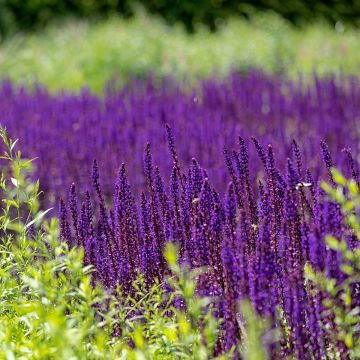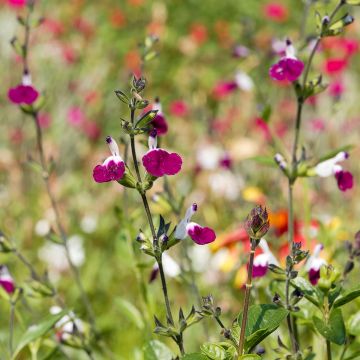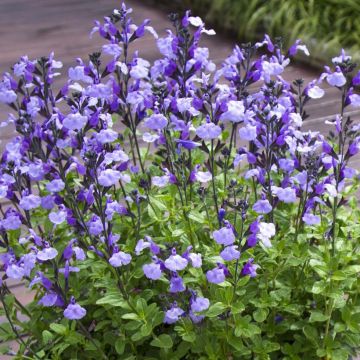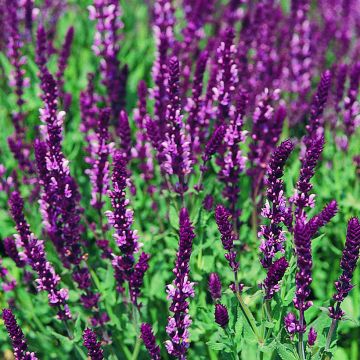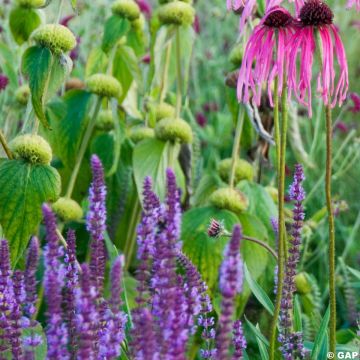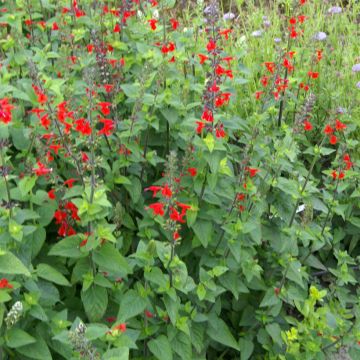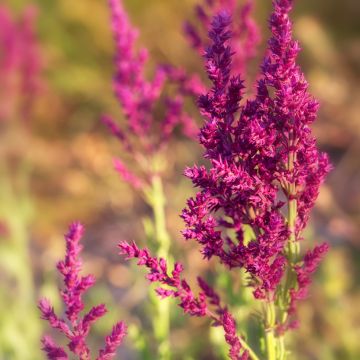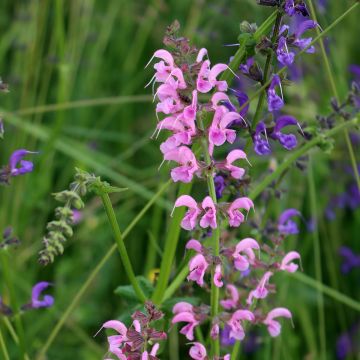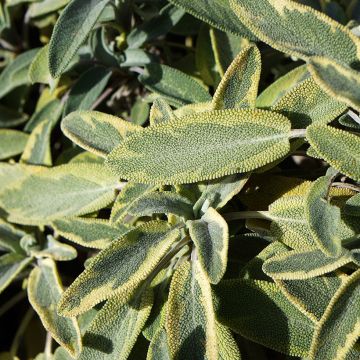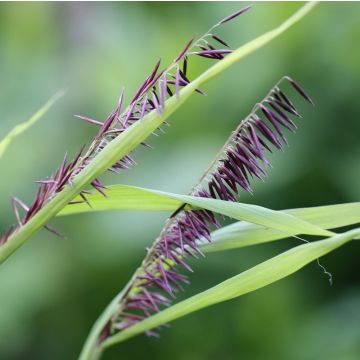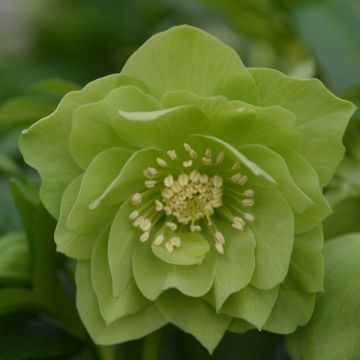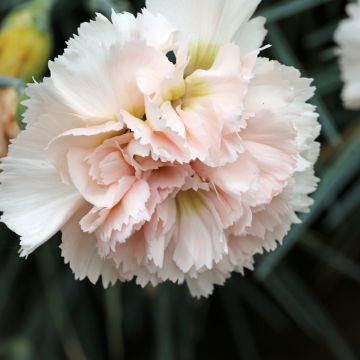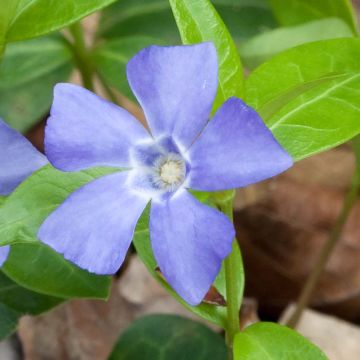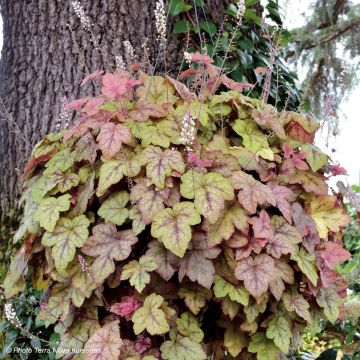

Salvia microphylla grahamii Hot Lips
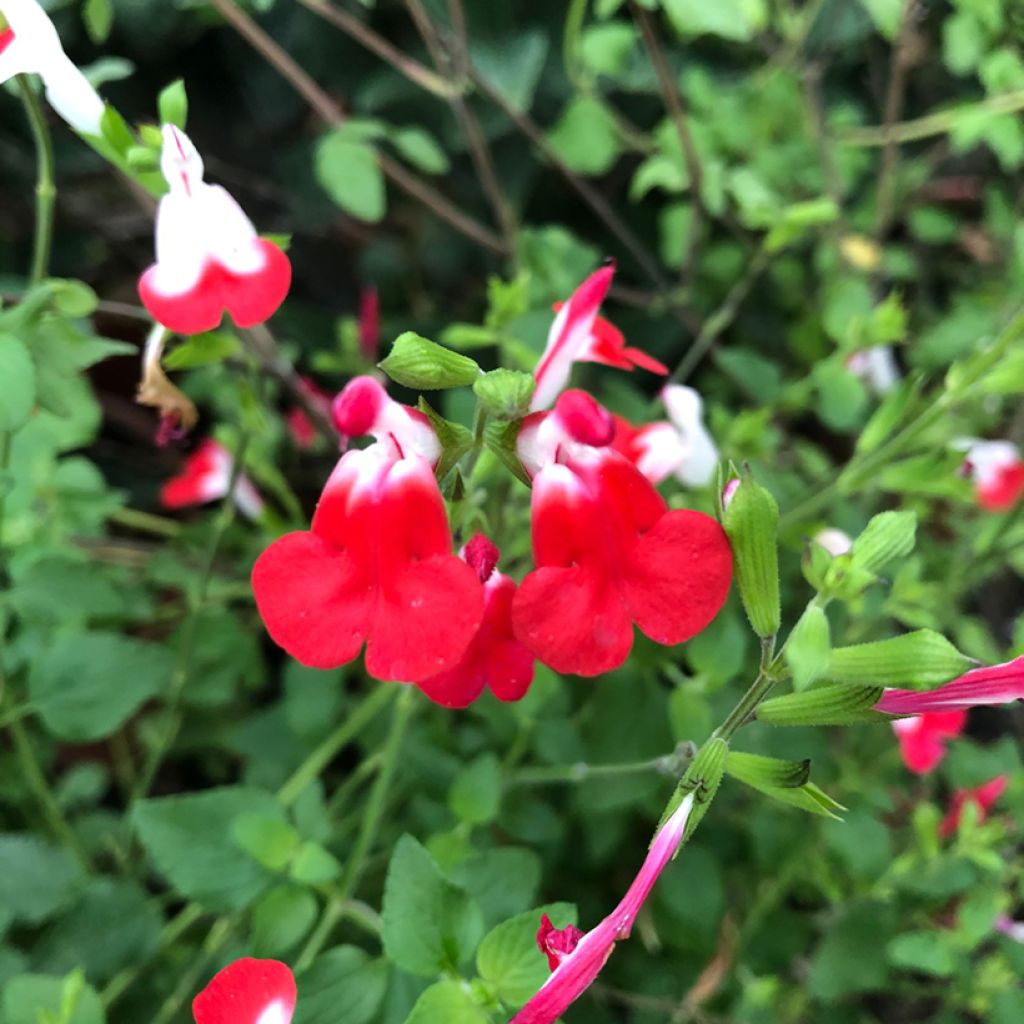

Salvia microphylla grahamii Hot Lips
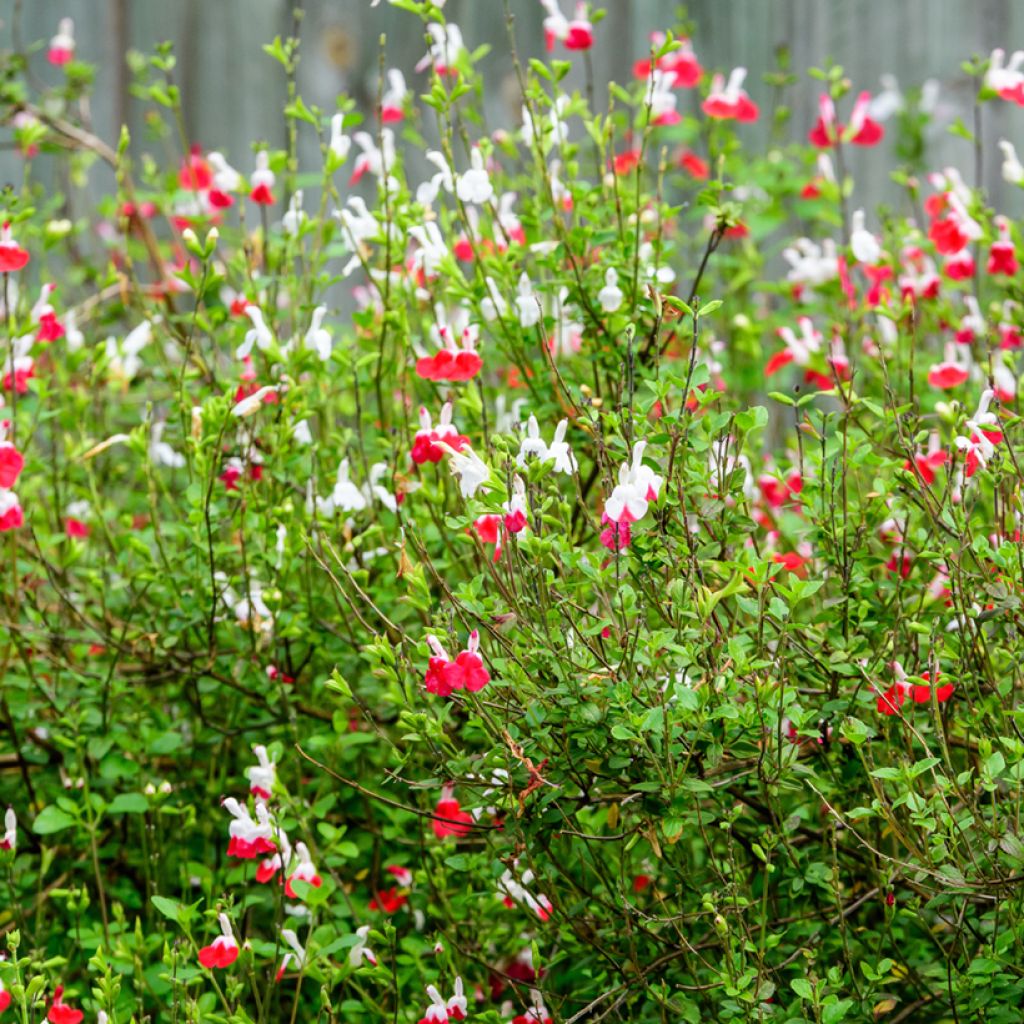

Salvia microphylla grahamii Hot Lips
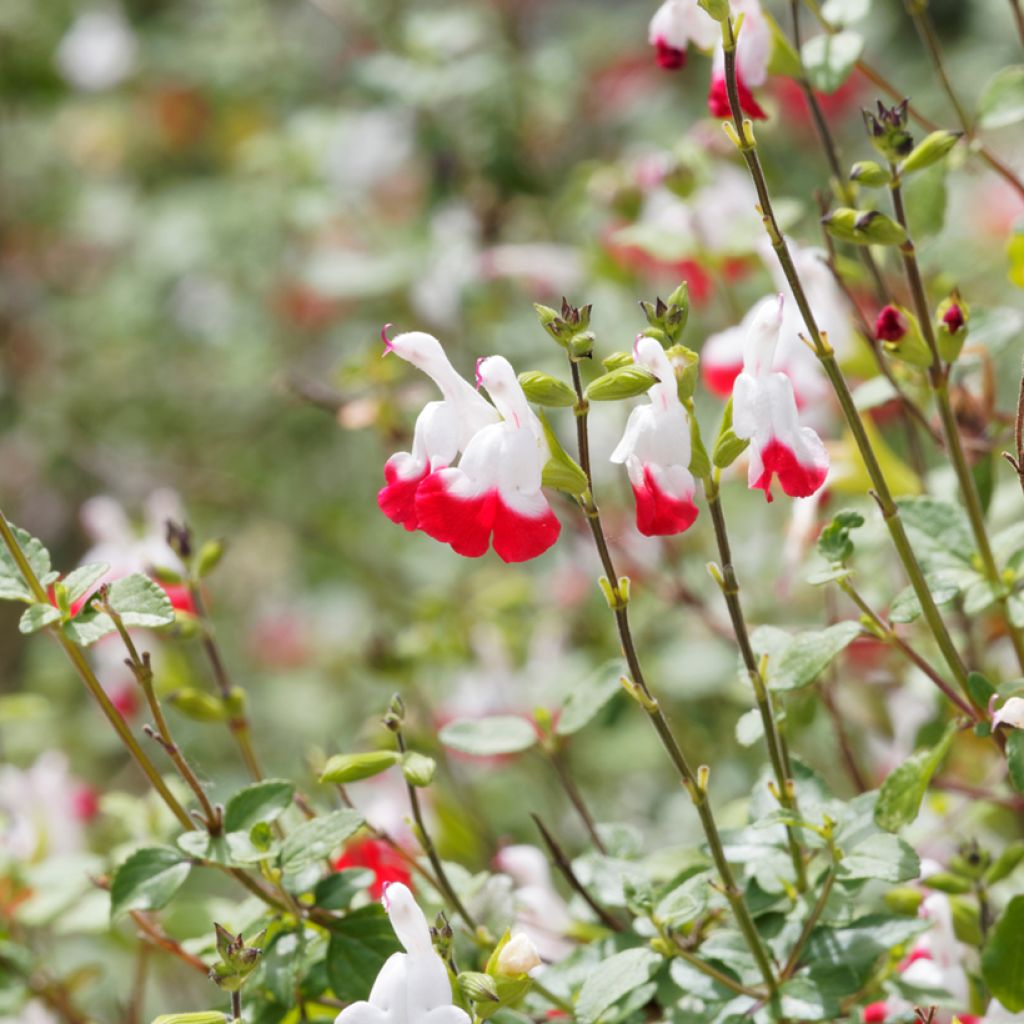

Salvia microphylla grahamii Hot Lips
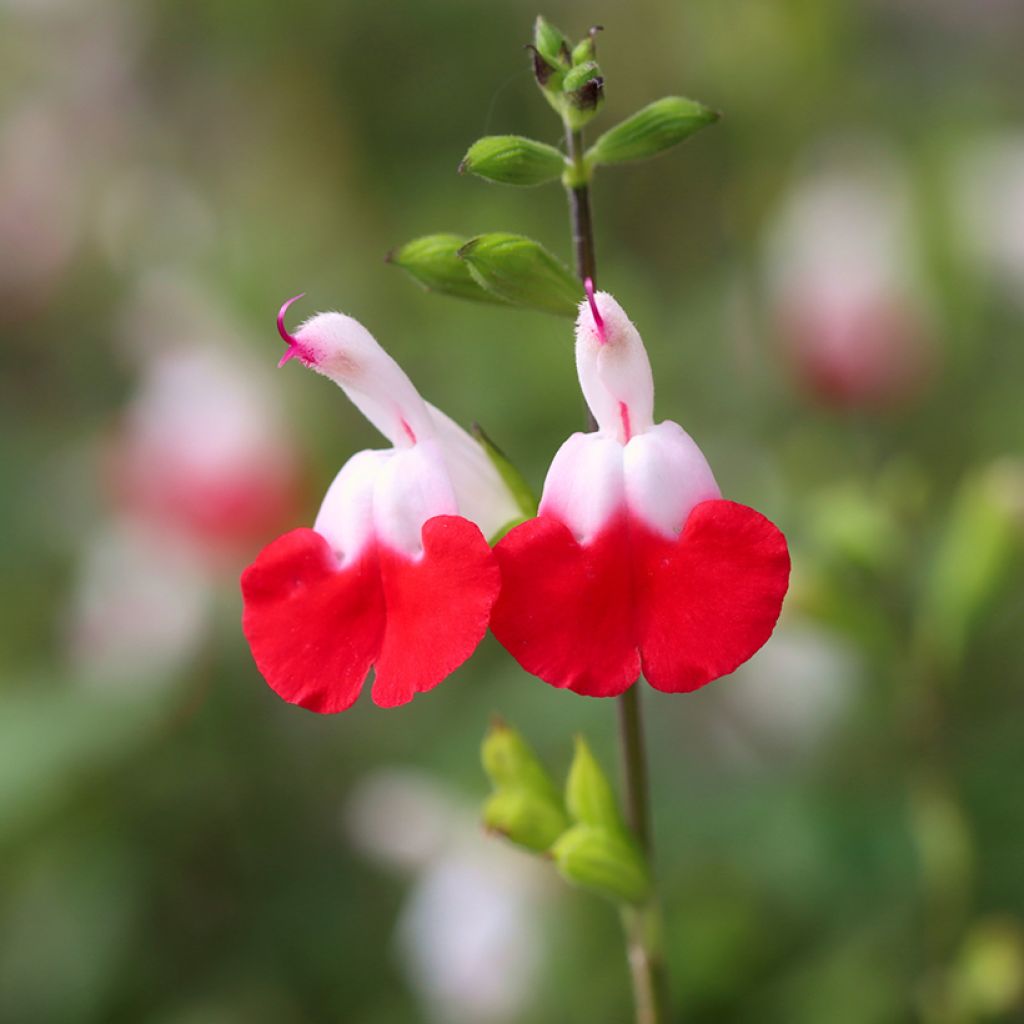

Salvia microphylla grahamii Hot Lips
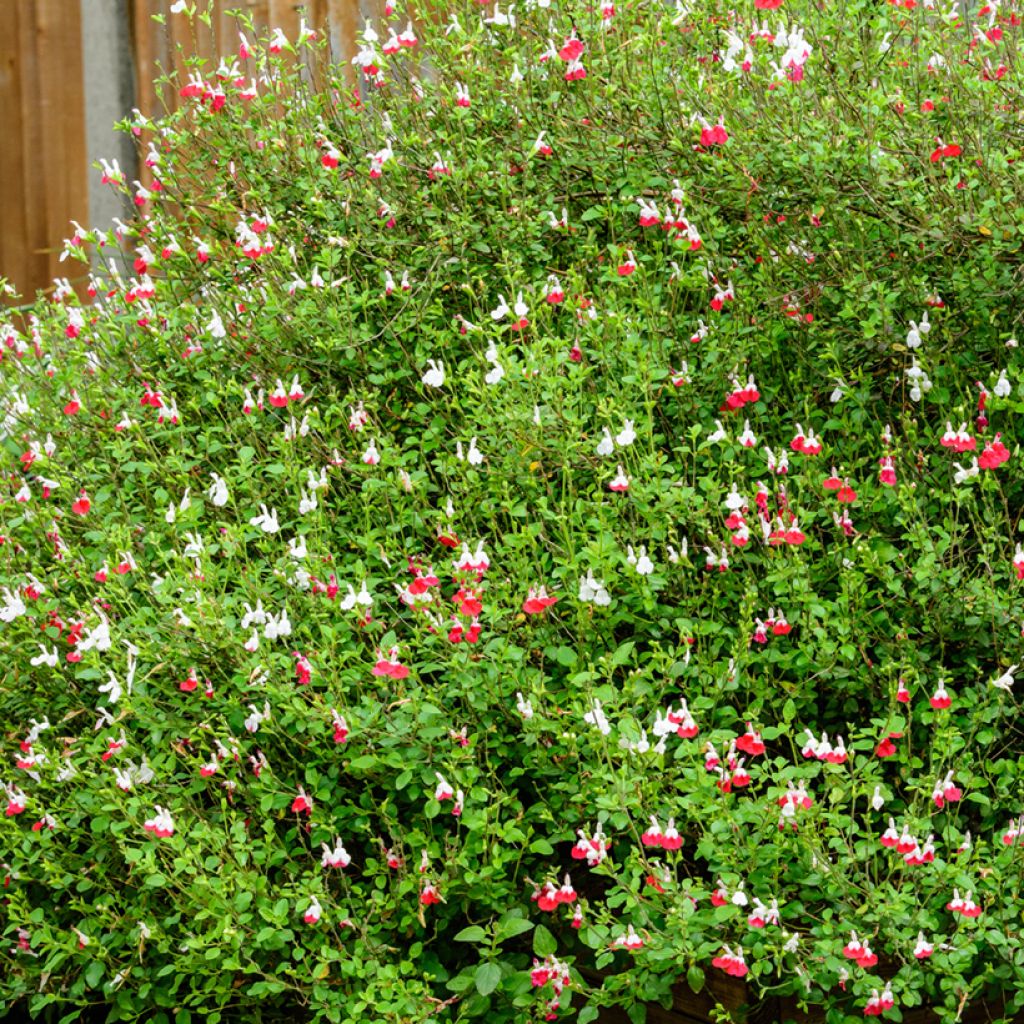

Salvia microphylla grahamii Hot Lips
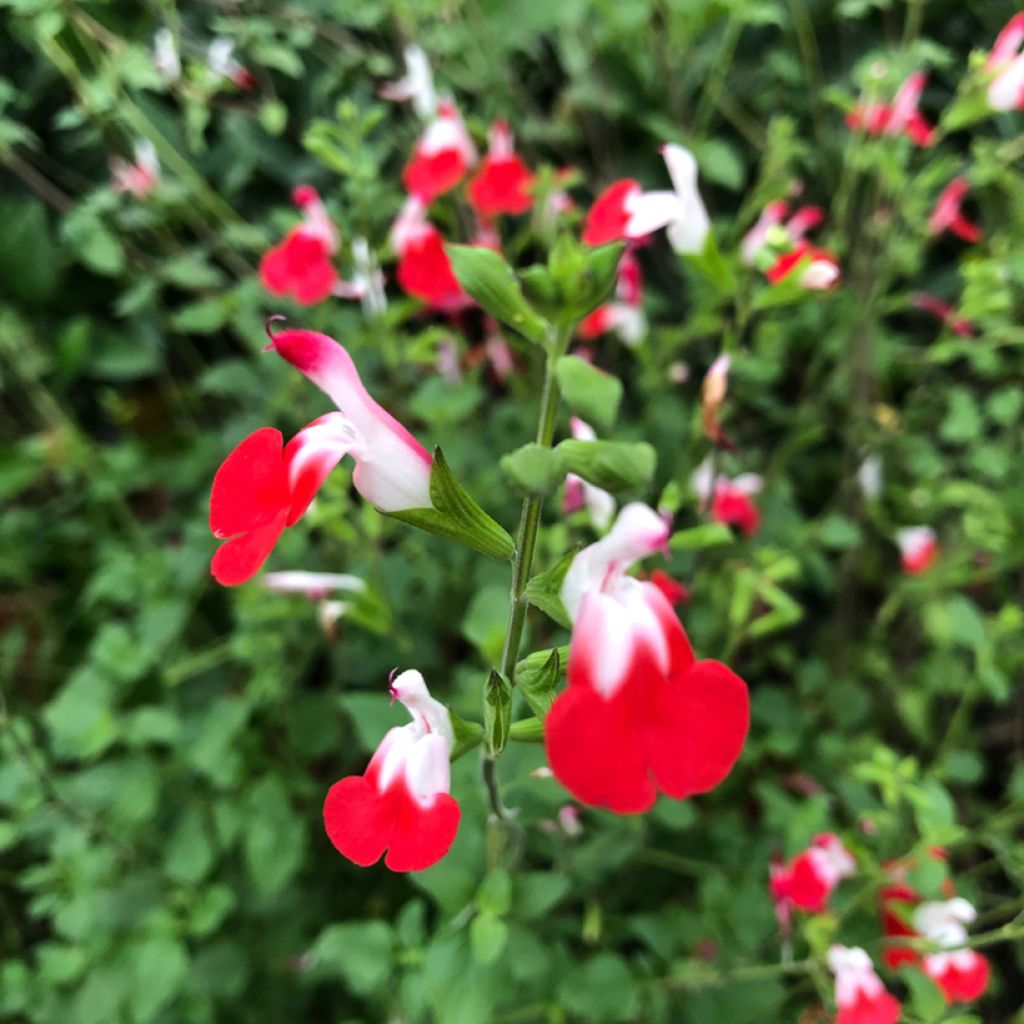

Salvia microphylla grahamii Hot Lips
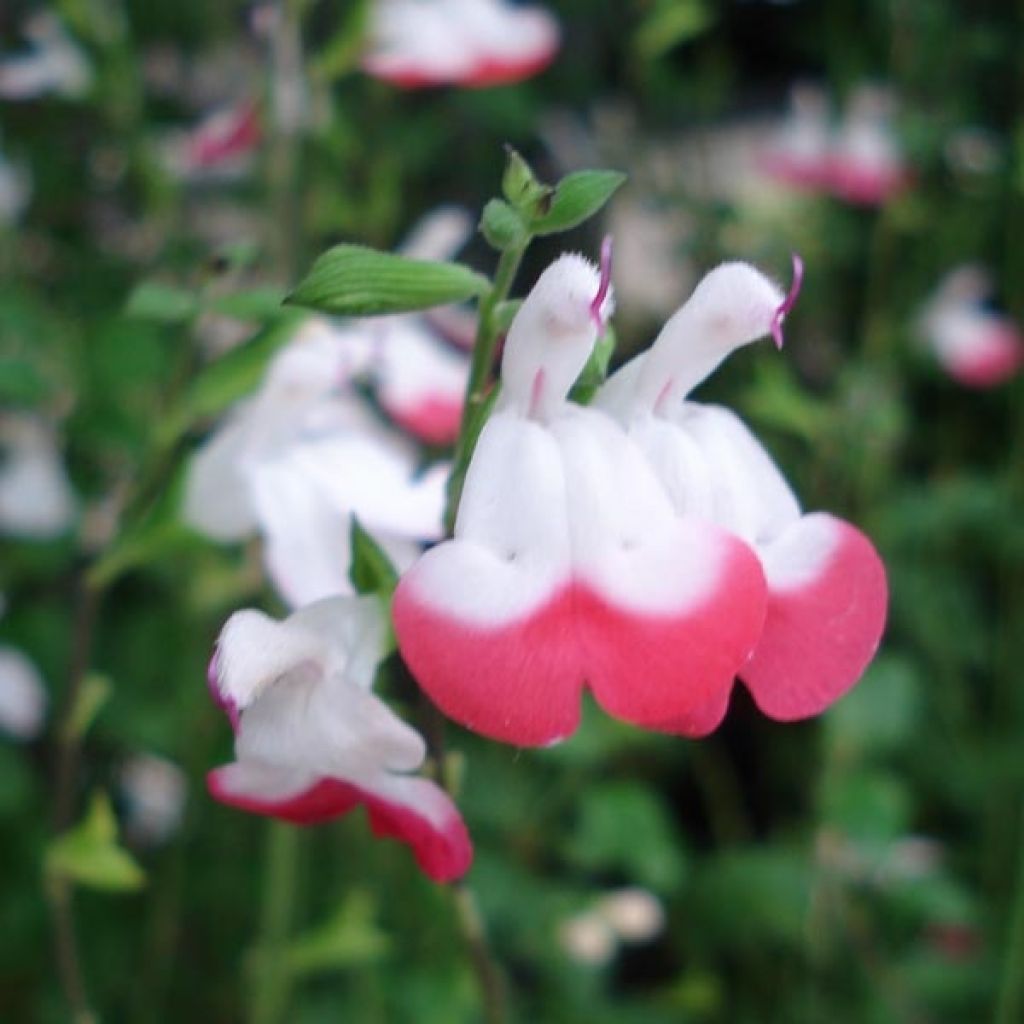

Salvia microphylla grahamii Hot Lips
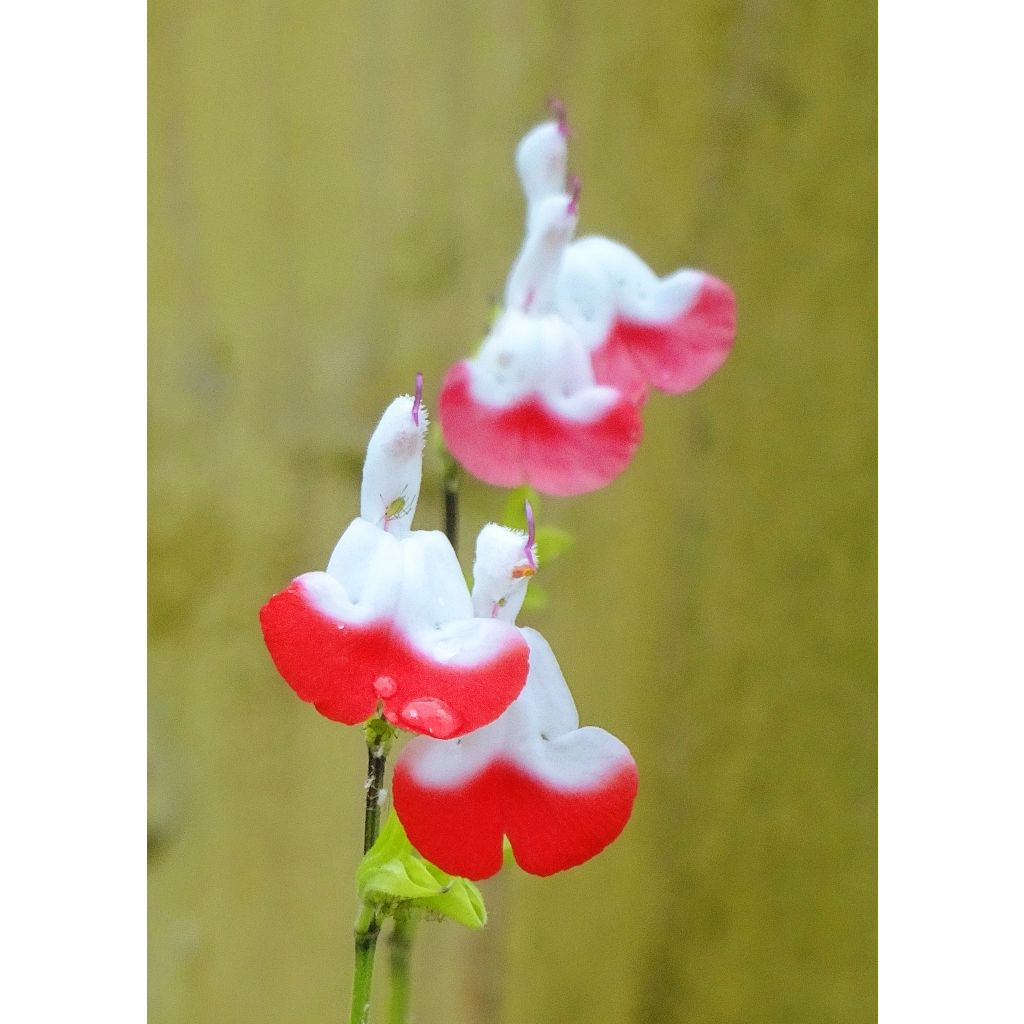

Salvia microphylla grahamii Hot Lips
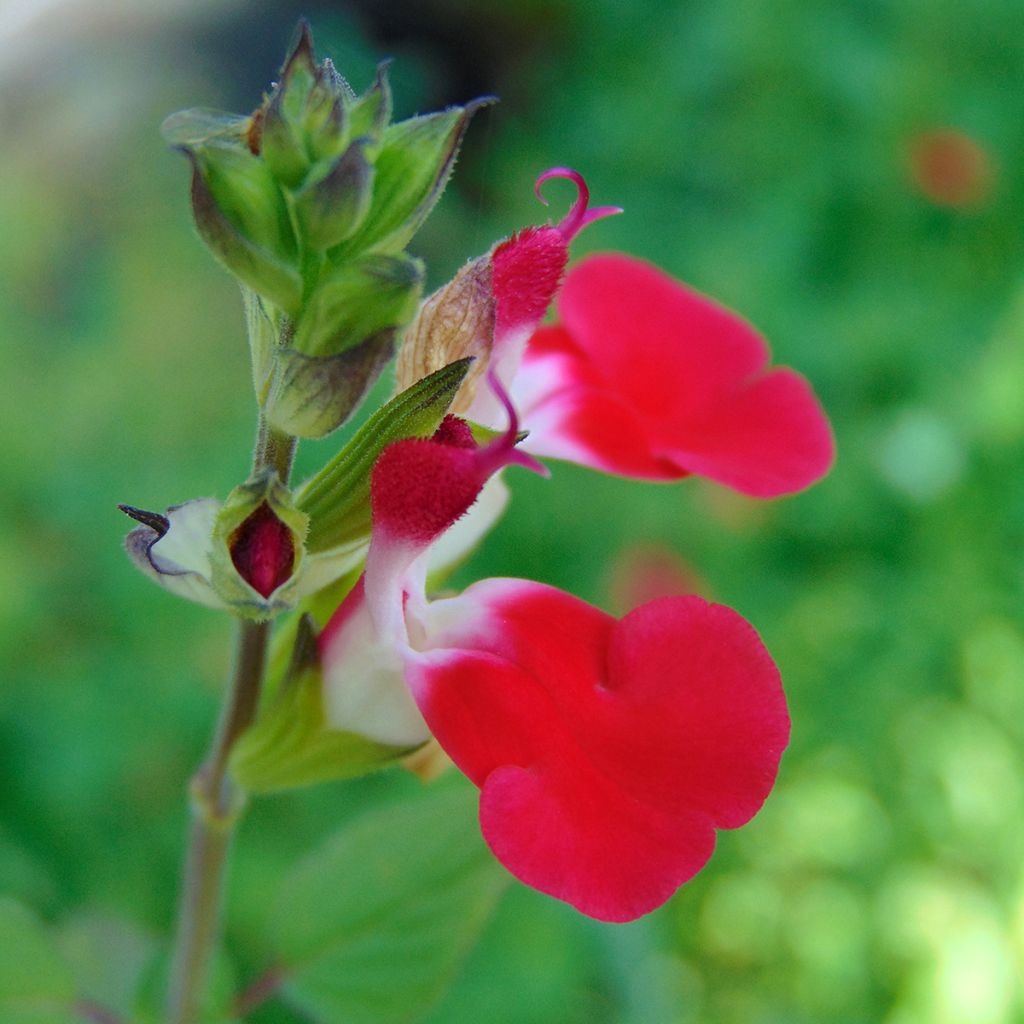

Salvia microphylla grahamii Hot Lips
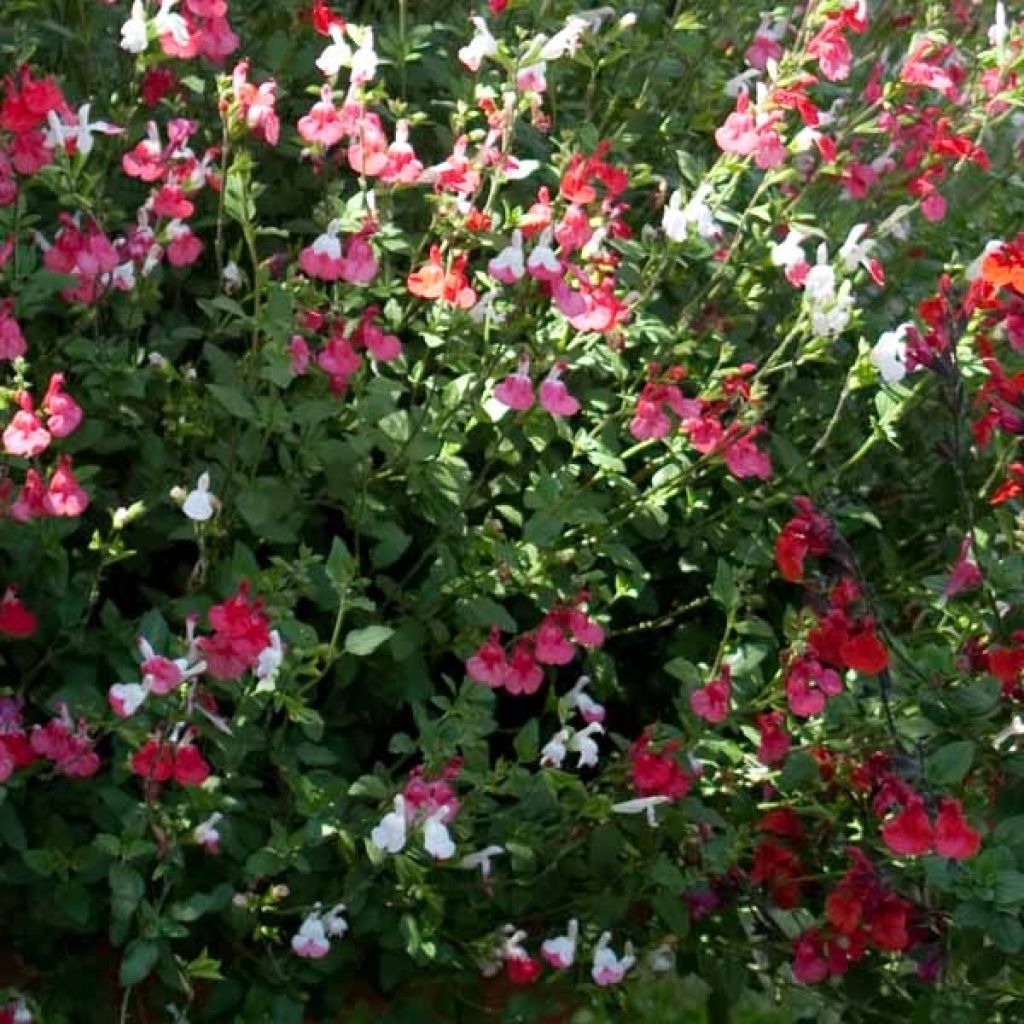

Salvia microphylla grahamii Hot Lips
Salvia microphylla grahamii Hot Lips
Salvia microphylla grahamii Hot Lips
Sage
Very satisfied, good recovery.
Lydia , 10/11/2025
Special offer!
Receive a €20 voucher for any order over €90 (excluding delivery costs, credit notes, and plastic-free options)!
1- Add your favorite plants to your cart.
2- Once you have reached €90, confirm your order (you can even choose the delivery date!).
3- As soon as your order is shipped, you will receive an email containing your voucher code, valid for 3 months (90 days).
Your voucher is unique and can only be used once, for any order with a minimum value of €20, excluding delivery costs.
Can be combined with other current offers, non-divisible and non-refundable.
Home or relay delivery (depending on size and destination)
Schedule delivery date,
and select date in basket
This plant carries a 12 months recovery warranty
More information
We guarantee the quality of our plants for a full growing cycle, and will replace at our expense any plant that fails to recover under normal climatic and planting conditions.

Would this plant suit my garden?
Set up your Plantfit profile →
Description
The Salvia microphylla Hot Lips is a bush sage that originated in a Mexican garden. A woman who loved flowers discovered it and decided to use it to create a bouquet for a party hosted by her husband, who was the editor-in-chief of the Pacific Horticulture Magazine. This sage stood out because of its bicoloured flowers, unlike anything else at the time. It is a low-maintenance, bushy perennial that blooms for several months and changes colour based on the temperature. The flowers start white, turn white and red, and finally become raspberry red. They cover the bush, creating the appearance of confetti in a sunny flower bed.
The Salvia microphylla grahamii, also known as Graham's Sage, belongs to the family known as Lamiaceae or Labiates. It is an aromatic plant that can grow in the mountains of southern Arizona and the east, west, and south of Mexico. It can tolerate frosts of around -10/-12°C in well-drained or dry soil. This bushy perennial plant can grow quickly and has a flexible habit that is slightly wider than tall. It can grow up to 60 to 80 cm (31.5 in) in height and 80 cm (31.5 in) in diameter. Its nectar-rich and honey-producing flowers are exceptionally generous and bloom from May to October, depending on the climate. The autumn flowering is remarkable and only stops when the cold puts an end to it. The small lip-like flowers come out of the foliage in spikes, barely over 2 cm (0.8 in) long. They live for only one day, falling to the ground in the evening, but they are replaced the following day. The flowers are mostly white in spring when the temperature is cool. In summer, they are bicoloured, white with red-pink lips, sometimes entirely red if it is very hot. In autumn, they turn raspberry red. The semi-evergreen foliage is composed of small, oval leaves, 2 to 4 cm (1.6 in) long, with rounded teeth. They are dark green, thick, and aromatic, a bit sticky, releasing a strongly acidic-scented essential oil when heated. In cold weather, they take on a reddish hue. This sage is known for its drought tolerance, but it still requires some watering in very dry climates during summer.
The Salvia Hot Lips is best suited for mild climates and countryside gardens. It can be found in cottage gardens mixed with various types of bushes and perennials and by the seaside. It thrives in Mediterranean gardens, especially in hot and sunny climates with well-drained and often limestone soils. The plant is ideal for large spaces and can be planted in flower beds or rock gardens alongside other plants such as lavender, gaura, rosemary, cistus, autumn asters, roses, bushy cerastostigma, and grasses. Moreover, it is an excellent plant for terraces and can be easily grown in pots.
Report an error about the product description
Salvia microphylla grahamii Hot Lips in pictures


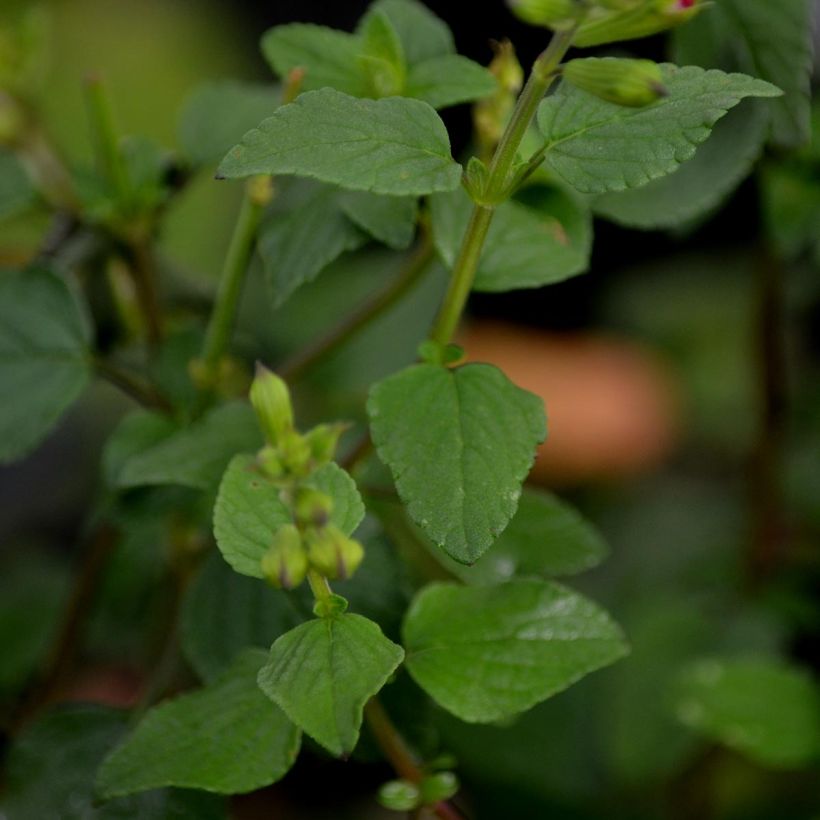

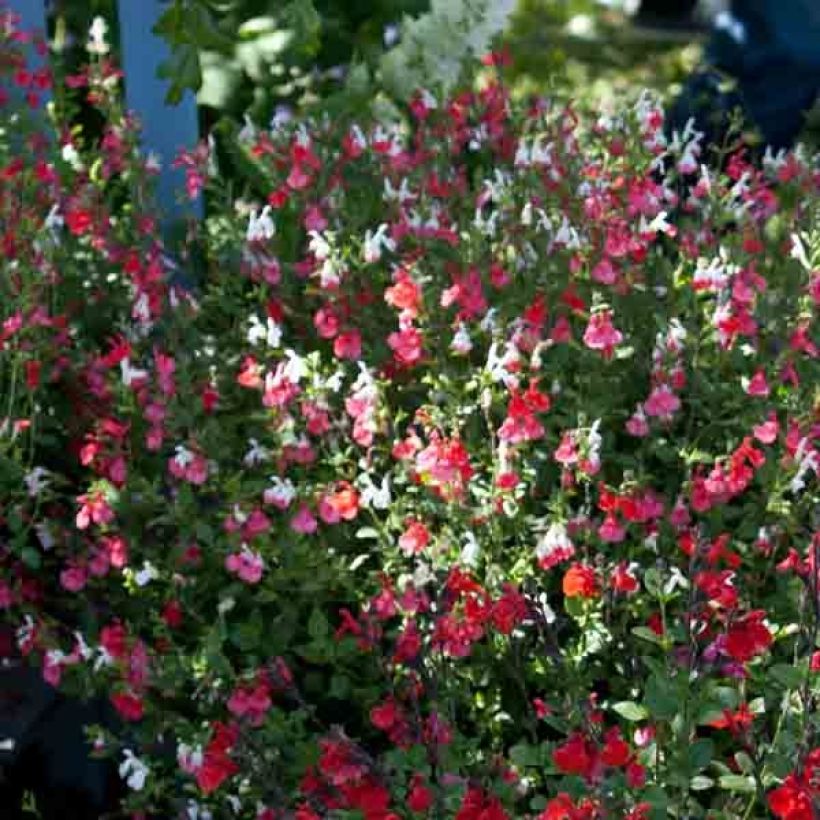

Flowering
Foliage
Plant habit
Botanical data
Salvia
microphylla grahamii
Hot Lips
Lamiaceae
Sage
Cultivar or hybrid
Other Salvia - Sage
View all →Planting and care
For best results when planting Salvia microphylla Hot Lips, follow these guidelines: In colder climates, plant after spring frosts, while in warmer climates, plant between September and October. Select a light, porous soil good enough to support the plant's flowering, even if it is limestone-based. The plant thrives in sunny environments but can tolerate partial shade in regions with high sun exposure. During hot and dry weather, water regularly. Add well-rotted compost or leaf compost to the soil if it needs improvement. In the coldest regions, protect the plant from the cold with winter mulch. Place it in the warmest corner of the garden, in full sun against a south-facing wall, or on a gravelly or sandy slope with soil that does not retain moisture. Pot cultivation is recommended for areas with harsh winters to protect the plant from heavy frosts.
Planting period
Intended location
Care
-
, onOrder confirmed
Reply from on Promesse de fleurs
Similar products
Haven't found what you were looking for?
Hardiness is the lowest winter temperature a plant can endure without suffering serious damage or even dying. However, hardiness is affected by location (a sheltered area, such as a patio), protection (winter cover) and soil type (hardiness is improved by well-drained soil).

Photo Sharing Terms & Conditions
In order to encourage gardeners to interact and share their experiences, Promesse de fleurs offers various media enabling content to be uploaded onto its Site - in particular via the ‘Photo sharing’ module.
The User agrees to refrain from:
- Posting any content that is illegal, prejudicial, insulting, racist, inciteful to hatred, revisionist, contrary to public decency, that infringes on privacy or on the privacy rights of third parties, in particular the publicity rights of persons and goods, intellectual property rights, or the right to privacy.
- Submitting content on behalf of a third party;
- Impersonate the identity of a third party and/or publish any personal information about a third party;
In general, the User undertakes to refrain from any unethical behaviour.
All Content (in particular text, comments, files, images, photos, videos, creative works, etc.), which may be subject to property or intellectual property rights, image or other private rights, shall remain the property of the User, subject to the limited rights granted by the terms of the licence granted by Promesse de fleurs as stated below. Users are at liberty to publish or not to publish such Content on the Site, notably via the ‘Photo Sharing’ facility, and accept that this Content shall be made public and freely accessible, notably on the Internet.
Users further acknowledge, undertake to have ,and guarantee that they hold all necessary rights and permissions to publish such material on the Site, in particular with regard to the legislation in force pertaining to any privacy, property, intellectual property, image, or contractual rights, or rights of any other nature. By publishing such Content on the Site, Users acknowledge accepting full liability as publishers of the Content within the meaning of the law, and grant Promesse de fleurs, free of charge, an inclusive, worldwide licence for the said Content for the entire duration of its publication, including all reproduction, representation, up/downloading, displaying, performing, transmission, and storage rights.
Users also grant permission for their name to be linked to the Content and accept that this link may not always be made available.
By engaging in posting material, Users consent to their Content becoming automatically accessible on the Internet, in particular on other sites and/or blogs and/or web pages of the Promesse de fleurs site, including in particular social pages and the Promesse de fleurs catalogue.
Users may secure the removal of entrusted content free of charge by issuing a simple request via our contact form.
The flowering period indicated on our website applies to countries and regions located in USDA zone 8 (France, the United Kingdom, Ireland, the Netherlands, etc.)
It will vary according to where you live:
- In zones 9 to 10 (Italy, Spain, Greece, etc.), flowering will occur about 2 to 4 weeks earlier.
- In zones 6 to 7 (Germany, Poland, Slovenia, and lower mountainous regions), flowering will be delayed by 2 to 3 weeks.
- In zone 5 (Central Europe, Scandinavia), blooming will be delayed by 3 to 5 weeks.
In temperate climates, pruning of spring-flowering shrubs (forsythia, spireas, etc.) should be done just after flowering.
Pruning of summer-flowering shrubs (Indian Lilac, Perovskia, etc.) can be done in winter or spring.
In cold regions as well as with frost-sensitive plants, avoid pruning too early when severe frosts may still occur.
The planting period indicated on our website applies to countries and regions located in USDA zone 8 (France, United Kingdom, Ireland, Netherlands).
It will vary according to where you live:
- In Mediterranean zones (Marseille, Madrid, Milan, etc.), autumn and winter are the best planting periods.
- In continental zones (Strasbourg, Munich, Vienna, etc.), delay planting by 2 to 3 weeks in spring and bring it forward by 2 to 4 weeks in autumn.
- In mountainous regions (the Alps, Pyrenees, Carpathians, etc.), it is best to plant in late spring (May-June) or late summer (August-September).
The harvesting period indicated on our website applies to countries and regions in USDA zone 8 (France, England, Ireland, the Netherlands).
In colder areas (Scandinavia, Poland, Austria...) fruit and vegetable harvests are likely to be delayed by 3-4 weeks.
In warmer areas (Italy, Spain, Greece, etc.), harvesting will probably take place earlier, depending on weather conditions.
The sowing periods indicated on our website apply to countries and regions within USDA Zone 8 (France, UK, Ireland, Netherlands).
In colder areas (Scandinavia, Poland, Austria...), delay any outdoor sowing by 3-4 weeks, or sow under glass.
In warmer climes (Italy, Spain, Greece, etc.), bring outdoor sowing forward by a few weeks.































